ToxCard: Bupropion
EMDocs
JANUARY 4, 2024
3 Bupropion blocks the reuptake of dopamine and norepinephrine, as well as antagonizes acetylcholine at nicotinic receptors. Bupropion lowers the seizure threshold and even at therapeutic doses patients can have seizures. 6 In one study, almost all patients who went on to develop seizures had tachycardia prior to the seizure.







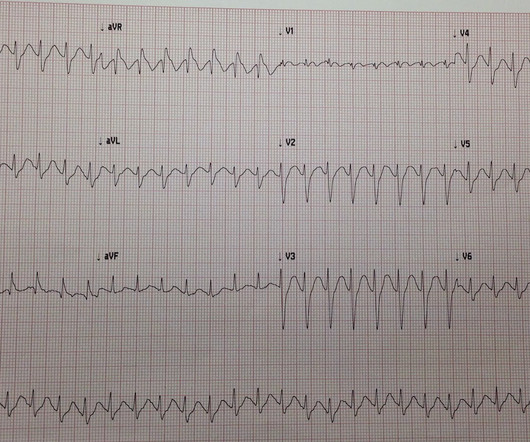

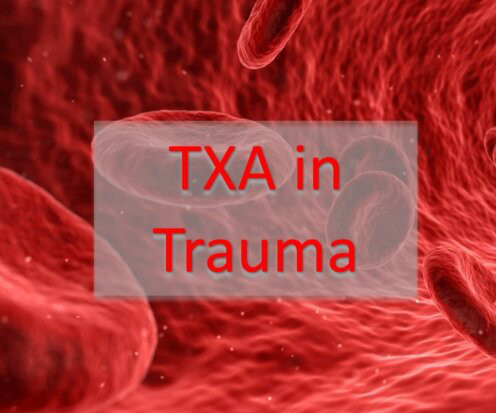







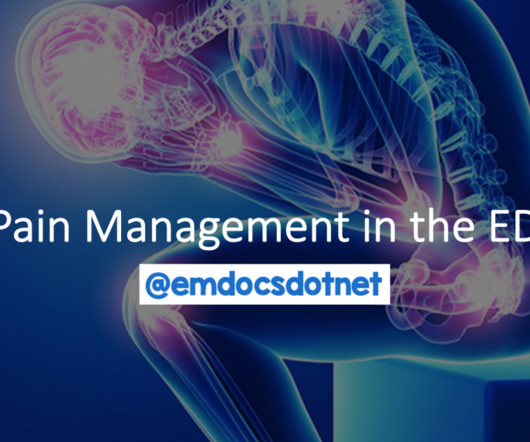


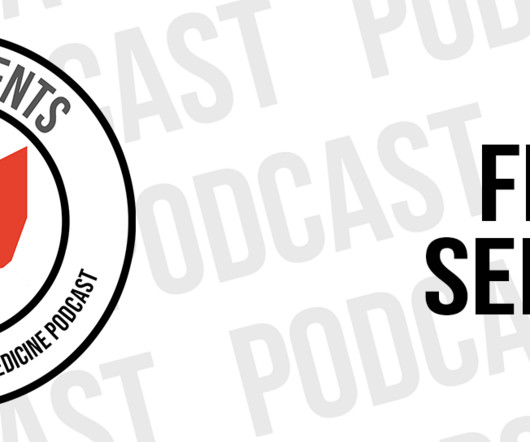
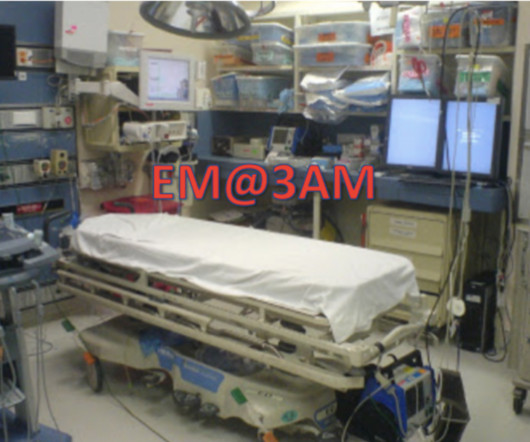






Let's personalize your content